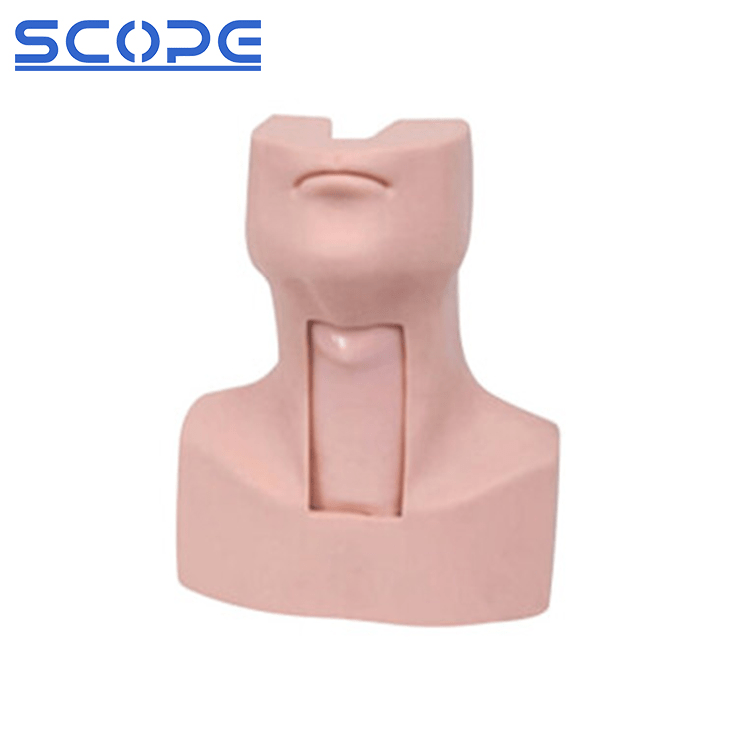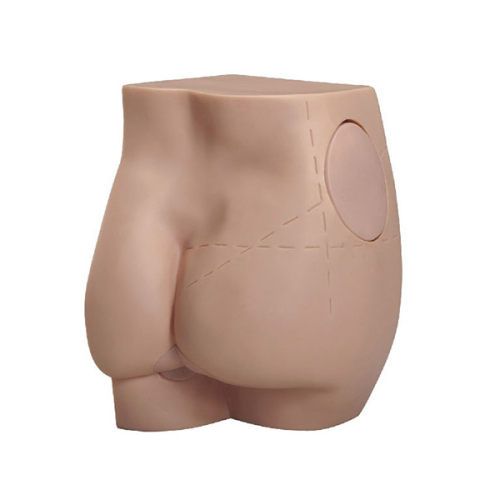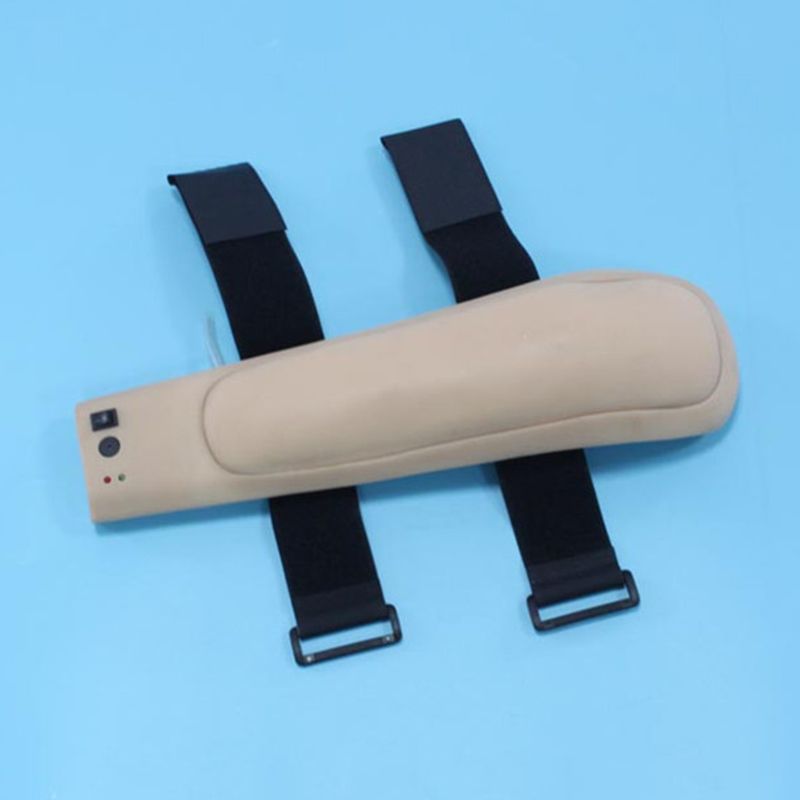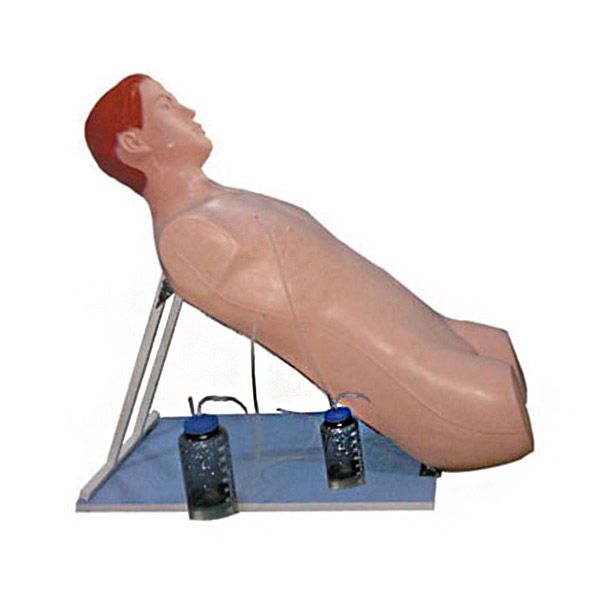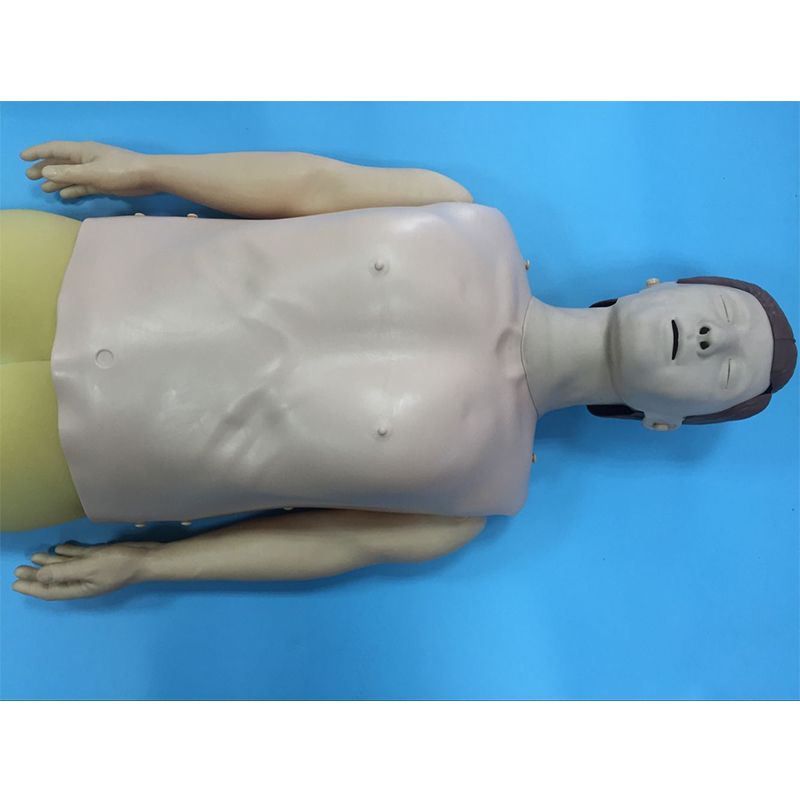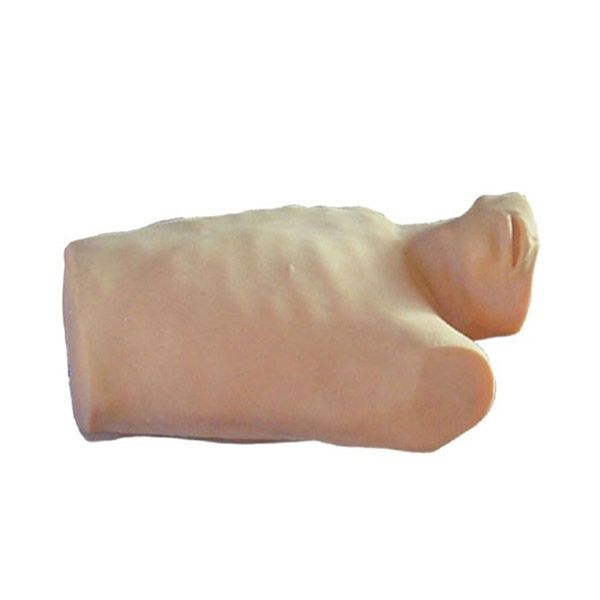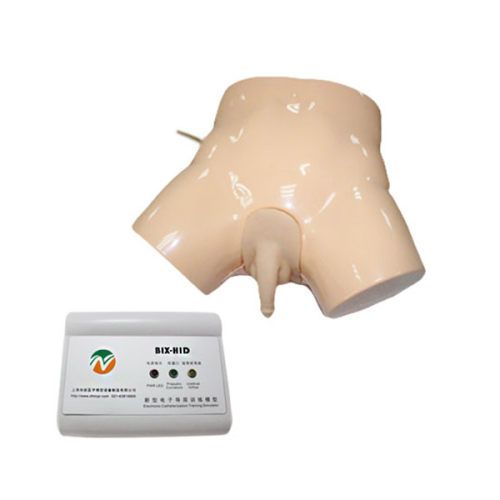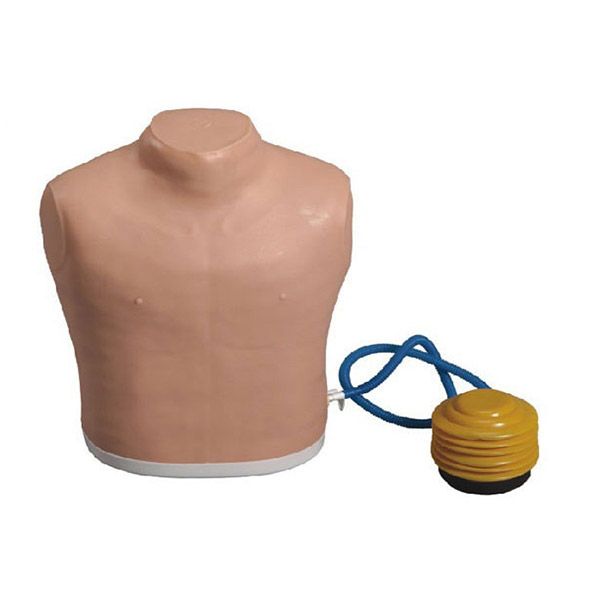Medical and nursing education require more than just theoretical knowledge—hands-on practice is essential for developing clinical skills. While traditional methods like textbooks and lectures provide a strong foundation, they often fall short in replicating the dynamic and unpredictable nature of real-world patient care. Patient care manikins have revolutionized the way medical and nursing students train, offering realistic scenarios that help bridge the gap between classroom learning and real-life clinical practice. In this article, we will explore the importance of patient care manikins, their features, and how they enhance training realism to prepare healthcare professionals for real-world challenges.
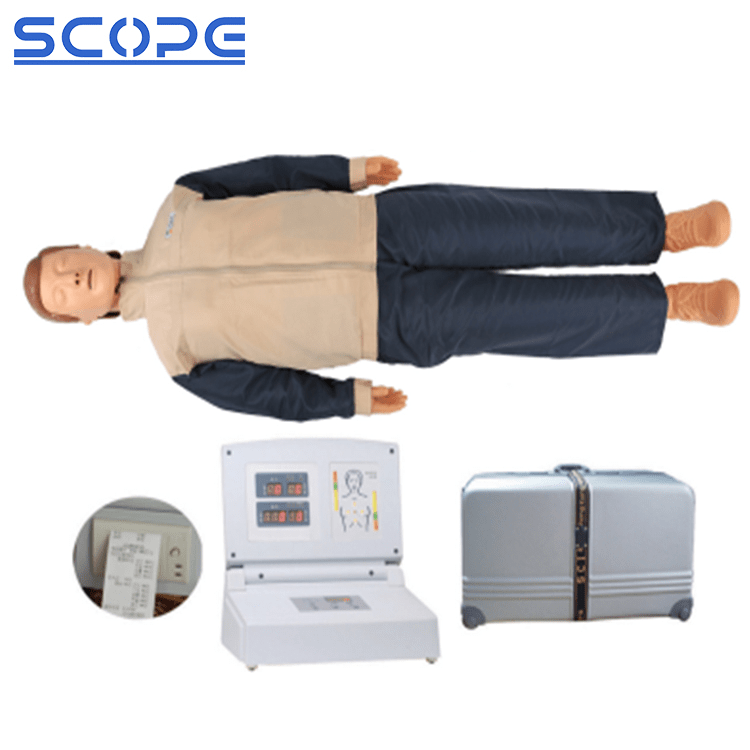
Why Choose Patient Care Manikins?
Patient care manikins are crucial for modern medical training due to their ability to simulate a wide range of real-world patient conditions. To understand their impact, it’s important to first recognize the limitations of traditional training methods.
The Limitations of Traditional Training Methods
Historically, medical and nursing students have relied on textbooks, classroom instruction, and limited clinical exposure to gain practical skills. However, these methods often fall short when it comes to hands-on patient care. Traditional training often relies on case studies and hypothetical scenarios. But in real-life, patient interaction can be unpredictable, making it challenging for students to practice every possible scenario. Additionally, ethical concerns and patient safety restrictions limit opportunities for students to engage directly with patients, particularly in complex medical procedures.
The Need for Realism in Medical and Nursing Training
In modern healthcare, where patient safety is paramount, the need for realistic training is more urgent than ever. Trainees need to be well-prepared before they step into a clinical setting, and realistic simulations can help them bridge the gap between theory and practice. Realistic patient care manikins allow students to practice critical skills like intubation, CPR, wound care, and emergency responses without the pressure of harming a real patient. The more authentic the simulation, the better prepared the student will be when faced with real-life scenarios, improving overall patient care quality and safety.
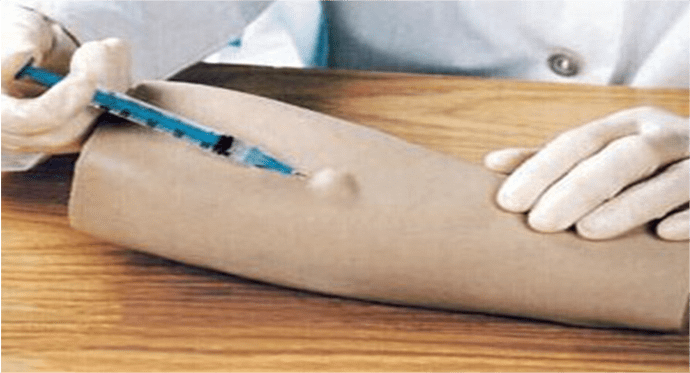
Features of Patient Care Manikins That Add Realism
The true value of patient care manikins lies in the advanced features they offer, which closely mimic the human body and its responses.
Human-Like Anatomy and Physiology
Modern patient care manikins are designed to closely mimic the anatomy and physiology of real patients. High-fidelity manikins, in particular, have realistic skin textures, joint mobility, and even internal organs. This allows students to practice a wide range of procedures, from simple tasks like inserting a catheter to complex surgeries. Some manikins even simulate breathing, heartbeat, and blinking, further adding to the lifelike experience.
Simulated Symptoms and Conditions
Patient care manikins can be programmed to display a wide array of medical conditions and symptoms. Whether it’s a cardiac arrest, asthma attack, or diabetic emergency, these manikins can simulate it all. Their ability to present different medical scenarios helps students learn how to identify and treat various conditions. Instructors can even adjust symptoms in real-time, forcing trainees to make quick decisions in response to changing conditions—just like in a real clinical environment.
Interactive Responses to Treatment
Unlike basic models, advanced manikins can react to the treatment provided by trainees. For instance, if a student administers CPR incorrectly, the manikin might not show signs of improvement, giving immediate feedback to the student. These real-time responses help trainees understand the consequences of their actions and improve their skills through immediate learning.
Realistic Communication Scenarios
Some patient care manikins are equipped with voice simulation technology, enabling them to “speak” or make sounds, mimicking patient interaction. This feature is critical for teaching students how to communicate effectively with patients, ask the right questions, and provide emotional support while administering care.
These features create an immersive training environment where students can develop practical skills, critical thinking, and decision-making abilities in real-time.
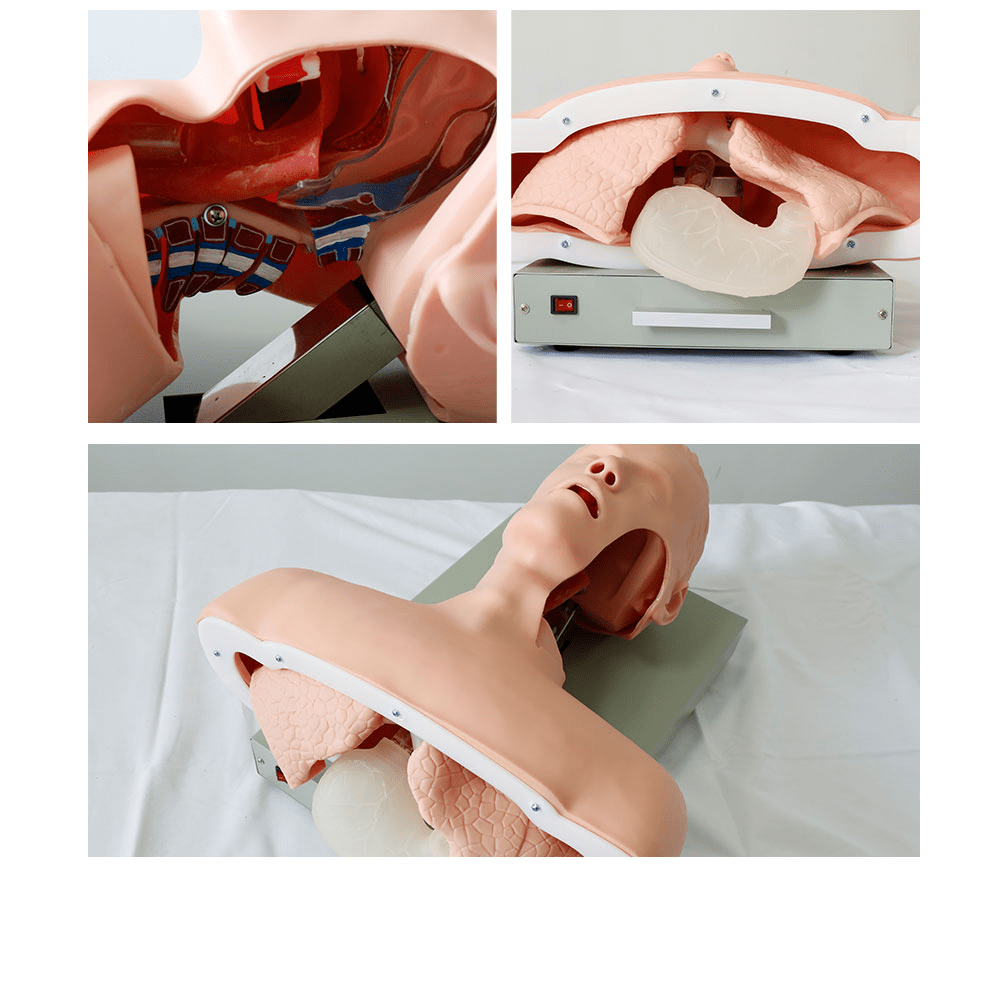
Applications of Patient Care Manikins in Training
Patient care manikins are used across a variety of training applications, catering to both general patient care and specialized medical fields. Some key applications include:
Basic Nursing Skills: Manikins allow nursing students to practice routine tasks such as taking vital signs, administering injections, and performing hygiene care.
Advanced Medical Procedures: For more advanced medical training, manikins can simulate procedures such as administering injections, IV insertions, and even surgeries. High-fidelity manikins are equipped to mimic different medical emergencies, allowing students to practice life-saving interventions such as intubation, defibrillation, and airway management. This is particularly valuable in high-stakes environments like emergency rooms and intensive care units.
Surgical Training: Surgeons can practice complex operations on surgical manikins, improving their dexterity and familiarity with specific procedures before operating on real patients.
Maternal and Neonatal Care: Obstetric manikins can simulate childbirth, allowing practitioners to manage complications during labor and delivery, as well as provide postnatal care to both the mother and the newborn.
These applications ensure that students gain diverse clinical experiences, preparing them for various real-world scenarios.
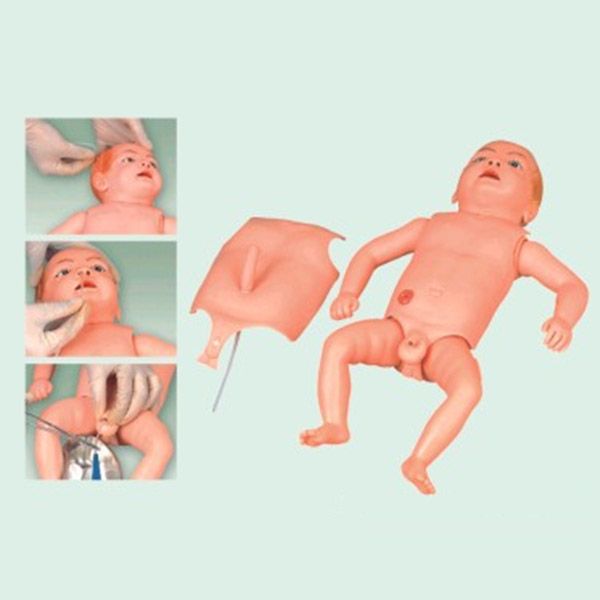
The Future of Realism in Medical and Nursing Training
As technology continues to advance, we can expect to see even more realistic and sophisticated patient care manikins. Future generations of manikins may be equipped with artificial intelligence, allowing them to respond to stimuli in a more human-like way. Additionally, advancements in virtual reality and augmented reality may provide even more immersive training experiences.
Patient care manikins have become an indispensable tool in medical and nursing training, bringing realism to the learning process. By simulating a wide range of clinical scenarios, manikins allow students to gain the hands-on experience they need to become confident and competent healthcare providers. As technology continues to evolve, patient care manikins will play an even more critical role in shaping the future of medical education.
